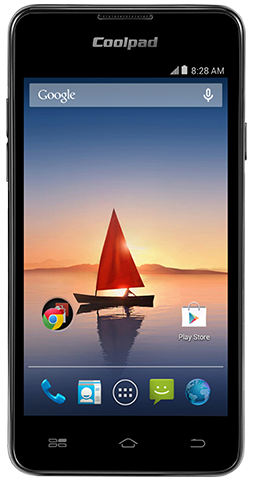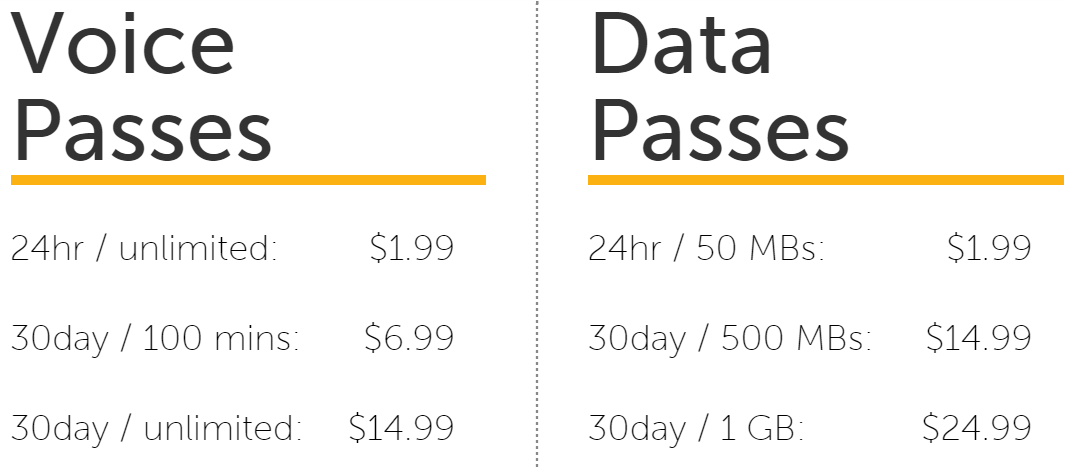CoolPad, Scratch Wireless Partner On Budget Android Smartphone, Free Mobile Plan
Two companies most U.S. consumers have never heard of are joining hands to make a rather compelling offer: an inexpensive Android smartphone with a monthly service that doesn't cost a dime as long as you're willing to stick to Wi-Fi networks. Scratch Wireless started selling the U.S.-optimized CoolPad Arise on pre-order for $99 and expects to start shipping it in early June.
Chinese mobile phone maker CoolPad is among the largest device makers in the world, but it mainly serves its home country and other developing regions of the world. Meanwhile, mobile virtual network operator (MVNO) Scratch Wireless has been trying to make its mark with a plan that is completely free as long as you limit your calls and data usage to Wi-Fi networks. (You can, however, send and receive text messages over cellular).
If you're accustomed to high-end Android phones, the Arise's specs won't impress. It has a 4-inch 800 x 480 pixel display, a dual-core 1.2 GHz processor, 512 MB of RAM, 4 GB of internal storage and a single rear-facing 2 MP camera. But its $99 price tag is unsubsidized, meaning you won't be paying the cost of the phone off in your monthly service plan as you would with most major carriers.
Most importantly, the Arise has a Wi-Fi radio, which Scratch Wireless uses to handle as much voice, messaging and data traffic as possible. Scratch is one of the new breed of "Wi-Fi first" carriers that aim to take advantage of the ubiquity of public Wi-Fi to simulate a cellular network. To that end, Scratch has made its baseline service free.
You can connect to cellular network – in this case carrier partner Sprint's 3G network – if you need to, but Scratch won't charge you until you do.
You can snag a voice pass, offering unlimited voice calling for 24 hours, for $1.99 per day; on the high end, $14.99 will get you unlimited calling for 30 days. If you need data, you can pay $1.99 for 50 MB (that you apparently have to use within a 24-hour period) or as much as $24.99 for 1 GB of data over a 30-day period.
It's more or less a pay-on-demand sort of service, which augments Scratch Wireless' otherwise free offering.
Get Tom's Hardware's best news and in-depth reviews, straight to your inbox.
Follow us @tomshardware, on Facebook and on Google+.

